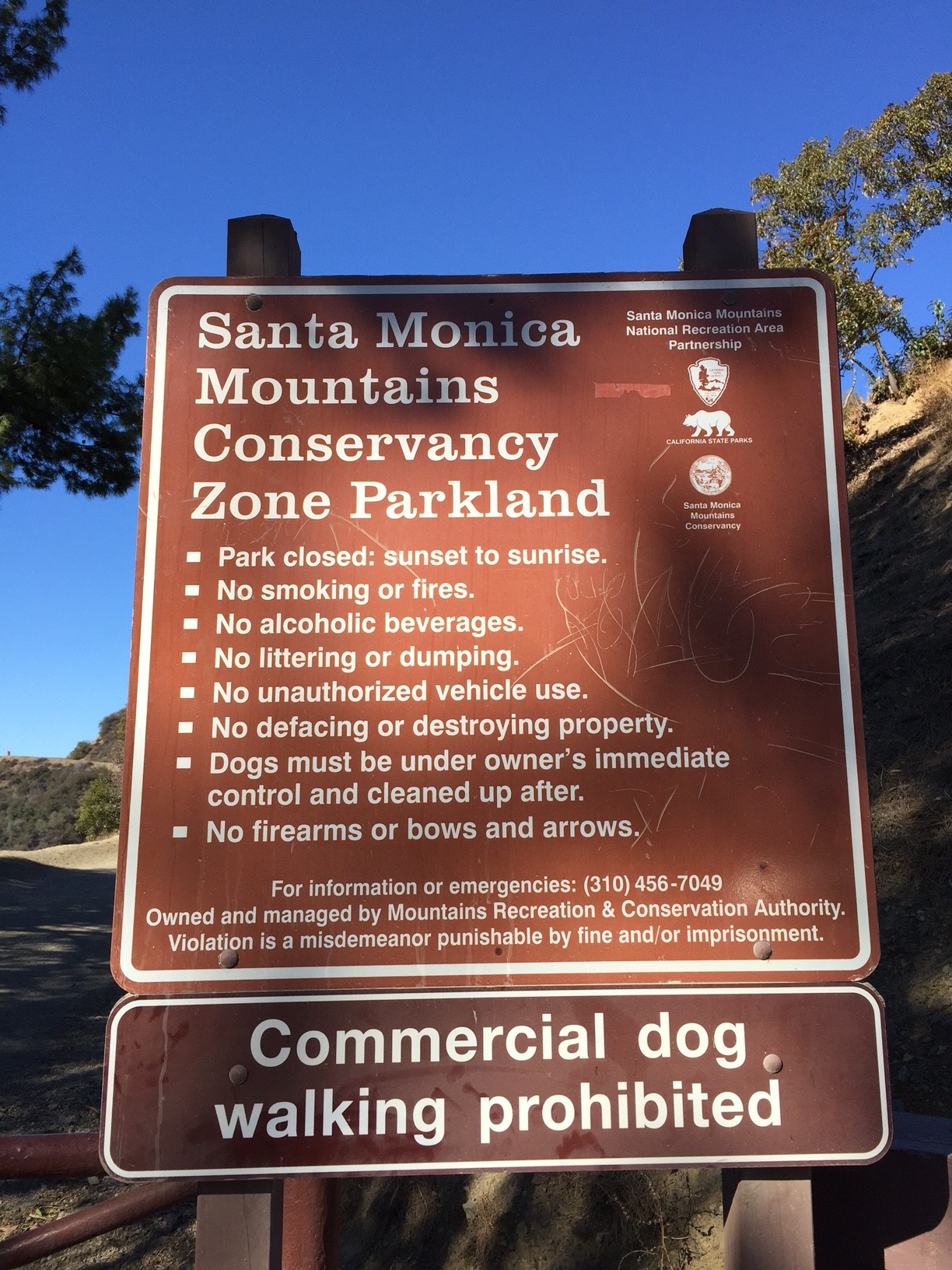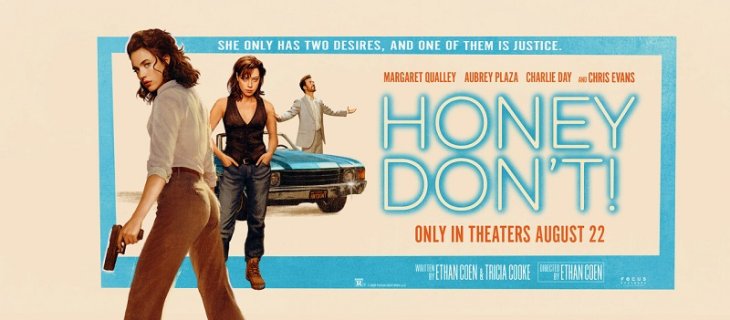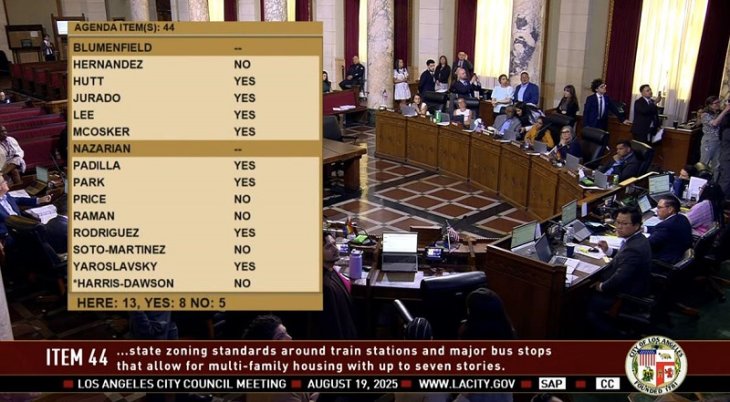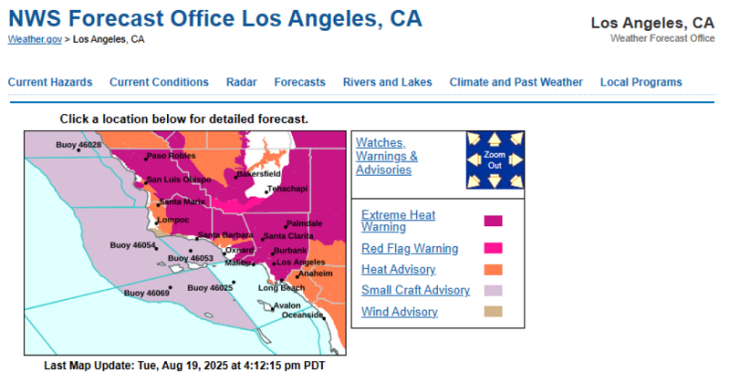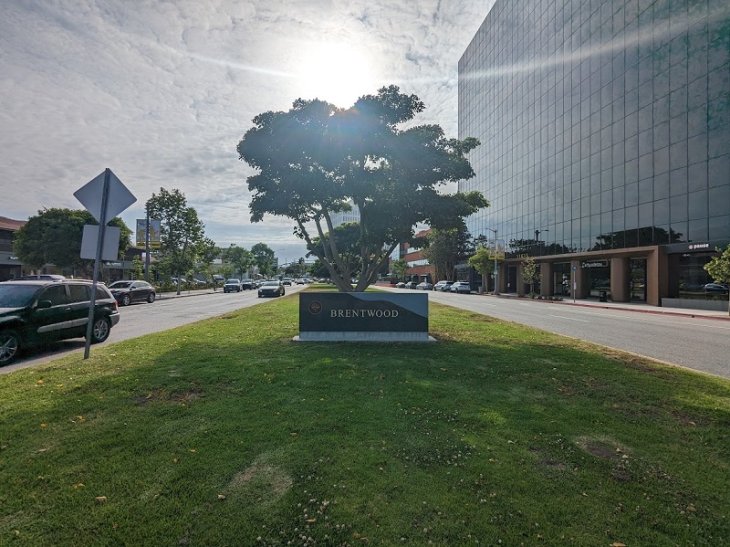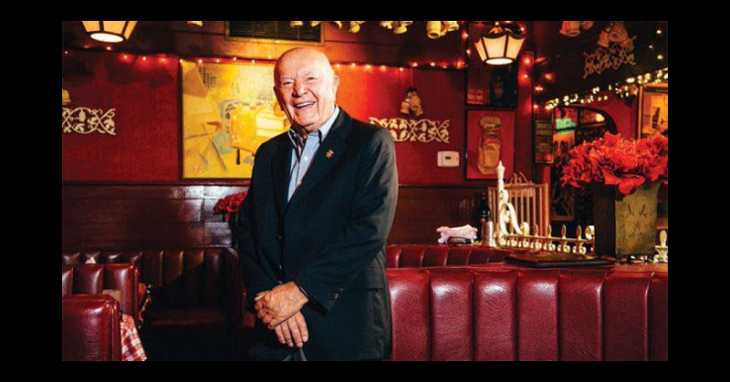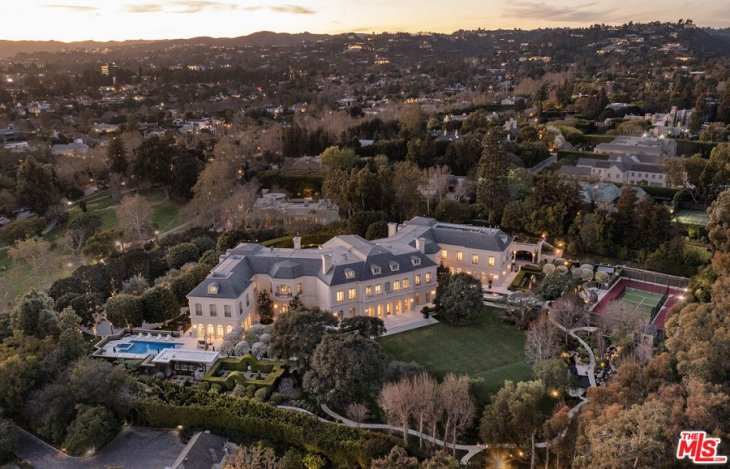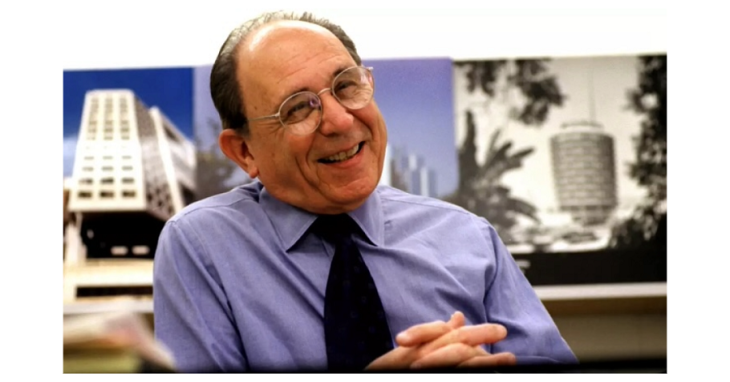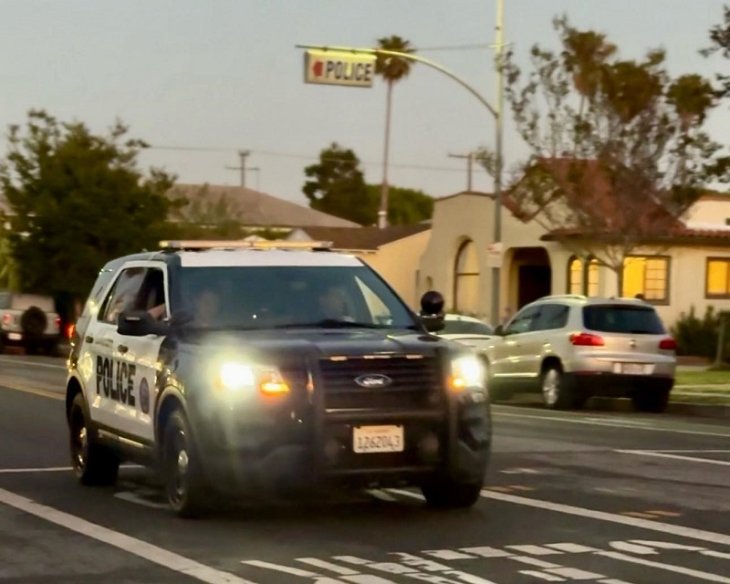By Teri Redman Kahn
Special to Brentwood News
 Many of us take for granted that the mountain trails at the northern edge of Brentwood have been there forever. Were it not for the efforts of a few local leaders, this open mountain wilderness would be covered with houses, wiping out all native habitats and displacing legions of species from their homes.
Many of us take for granted that the mountain trails at the northern edge of Brentwood have been there forever. Were it not for the efforts of a few local leaders, this open mountain wilderness would be covered with houses, wiping out all native habitats and displacing legions of species from their homes.
Our story actually begins in 1930, with the son of the designer of New York’s Central Park – Fredrick Law Olmsted Jr. Also a landscape designer and urban planner, he was invited to Los Angeles to weigh in on the future growth of our City. Olmsted envisioned a green utopia crisscrossed with hundreds of square miles of parkland. Most prescient, he warned that we not build on the hillsides because of possible fire danger, and he said that we needed to keep the native watershed protection unimpeded (no dwellings) because of possible flooding. Further, he warned that, unless his “leafy vision” of Los Angels was implemented, Los Angeles would become strangled by sprawl:
“…prosperity (in Los Angeles) will depend on providing needed parks because, with the growth of a great metropolis here, the absence of parks will make living conditions less and less wholesome…in so far, there, as the people fail to show the understanding, courage and organizing ability necessary at this crisis, the Region will tend to strangle itself,” he said.
Under pressure from developers and businesses, the City shelved Olmsted’s plans and paved over acres of proposed parklands. Houses and commercial buildings popped up everywhere pushing development farther and farther toward the western edge of town (Brentwood). Moreover, as engineering advances became more affordable, real estate developers started to look up – up to the hillsides – for further development. Olmsted’s warnings were growing more and more faint. By the early 1960’s most of the upper canyons (Kenter, Bundy, Mandeville) had been developed and there were plans on the books to build more.
Fortunately for us, some of our local leaders began to push back against this land grab. By the late 1960’s there was a growing national consensus that open land had to come under government protection, otherwise it would be lost for the common good (Wilderness Act of 1964). In Brentwood we had the good fortune to have Marvin Braude representing us as our City Councilman. He won the election of 1965 by resisting the plans to carve a major highway across the Santa Monica Mountains. By 1967, he pledged to turn the area around Mulholland Drive into a major parkway with hiking and riding trails, and to preserve things of historic and recreational value (“Save the Santa Monica Mountains” campaign). By the 1970s the state legislature suggested the creation of a Conservancy for more comprehensive planning of this area. “Save it or lose it” became the mantra of many in the late 1970s.
To add fuel to the fire, it was during that time that the Pacific Palisades approved the development of the Highlands, with hundreds of homes permitted along the seven mile stretch from Sunset to the top of the mountain. Local residents were waking up to what could be coming their way. In Mandeville Canyon more than 30 gated (mansion) parcels were being considered for development, from what is now the top of Westridge Road to Mulholland Drive. In addition, a tunnel was to be built right through the mountain to connect Upper Westridge to Mandeville Canyon Road for ingress and egress. This is the famous “Bert Boeckman (Galpin Ford) Estates.” The Hilton Property (Brentwood Country Estates) was originally slated to have dozens and dozens of homes. And, there were plans to make Sullivan and Rustic Canyons into landfills, much like Mission Canyon (Mountaingate). Liz Cheadle, a local resident and attorney, was working for attorney for State Assemblyman Terry Friedman at this time. She said that people were getting frightened that there would be nothing left.
This concern led to the creation of the Santa Monica Mountains Conservancy (SMMC) in 1980. SMMC is dedicated to acquiring land for preservation as open space, for wildlife and California native plants habitat Nature Preserves, and for public recreation activities. Since its founding, the Conservancy has acquired more than 55,000 acres and has identified another 15,000 acres within its zone as crucial for preservation. Much of this is due to the persistent leadership of Joe Edmiston, executive director of the Conservancy since its inception.
By 1991, our local community realized that it needed a more effective strategy to preserve future real estate from development in our hillsides. Several residents of Mandeville Canyon had been fighting developers parcel by parcel for over twenty years at this time. They formed the “Save Our Mountains, Inc.”, or SOMI, a non-profit organization dedicated to local land preservation. Volunteers posted themselves at the top of the trailheads and asked hikers and cyclists to sign a petition to prevent Boeckman from building mansions at the top of Westridge and to preserve it as open space (Westridge-Canyonback Park).
By the time SOMI went to City Hall, they had collected over 11,000 signatures and the Sierra Club had come on board. Boeckman eventually agreed to sell his land, but only at full value. By that time this story had become such big news that Governor Grey Davis stepped in and arranged for the land to be bought by State and City funds. After that, SMMC was able to acquire and preserve the Kenter Canyon trail.
But the battle for land preservation continues to this day. It is not widely known that the property between Mt. Saint Mary’s College and Mountaingate is owned by Castle & Cooke, and is still slated for development of 20 mansions after 20+ years of negotiation. The Conservancy has been able to obtain an easement down into, and up out of, Bundy Canyon (Riordan Trail), but this is far from settled. In total, we have well over 1,500 acres of preserved open space in 90049.
This is the story of a handful of local heroes who achieved great things.
To quote the Greek proverb, “A society grows great when people plant trees whose shade they will never sit in.” We owe much thanks to Marvin Braude, his deputy and later successor Cindy Miscikowski, Liz Cheadle, Eric Edmunds, Brad Rosenberg, Paul Edelman, Loretta Ditlow, Nita Rosenfeld, and more. These are people who gave their time and dedication so that generations after them could take a hike in the hills and appreciate the bounty of nature. To quote Eric Edmunds, “If I never do anything else in my life, I will die knowing that I helped accomplish that.”

